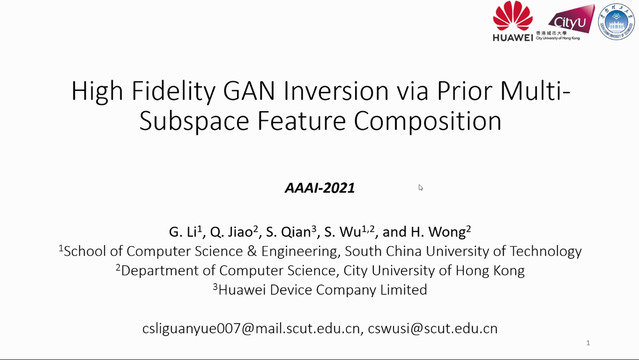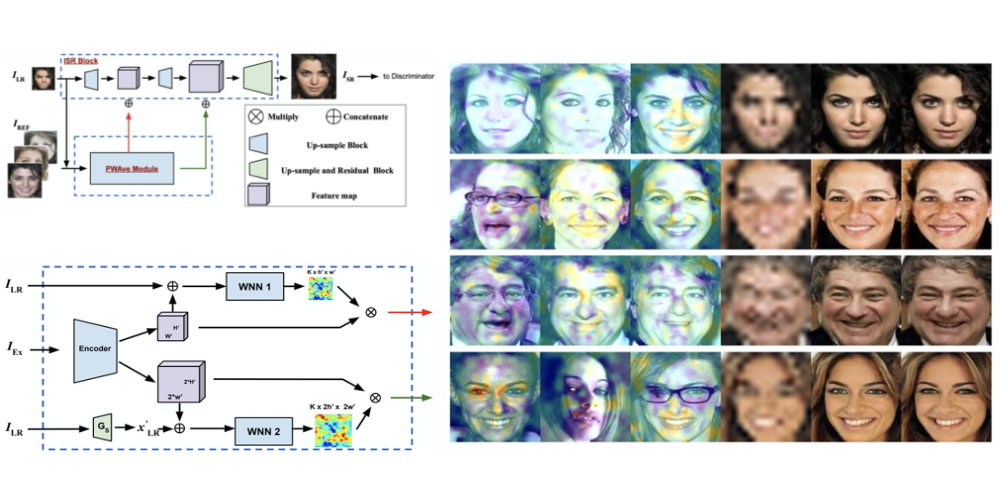Abstract:
Generative Adversarial Networks (GANs) can generate realistic fake face images that can easily fool human beings. On the contrary, a common Convolutional Neural Network(CNN) discriminator can achieve more than99.9%accuracyin discerning fake/real images. In this paper, we conduct an empirical study on fake/real faces, and have two important observations: firstly, the texture of fake faces is substantially different from real ones. secondly, global texture statistics are more robust to image editing and transferable to fake faces from different GANs and datasets. Motivated by the above observations, we propose a new architecture coined as Gram-Net, which leverages global image texture representations for robust fake image detection. Experimental results on several datasets demonstrate that our Gram-Netoutperforms existing approaches. Especially, our Gram-Netis more robust to image editings, e.g. down-sampling, JPEGcompression, blur, and noise. More importantly, our Gram-Net generalizes significantly better in detecting fake faces from GAN models not seen in the training phase and can perform decently in detecting fake natural images









































